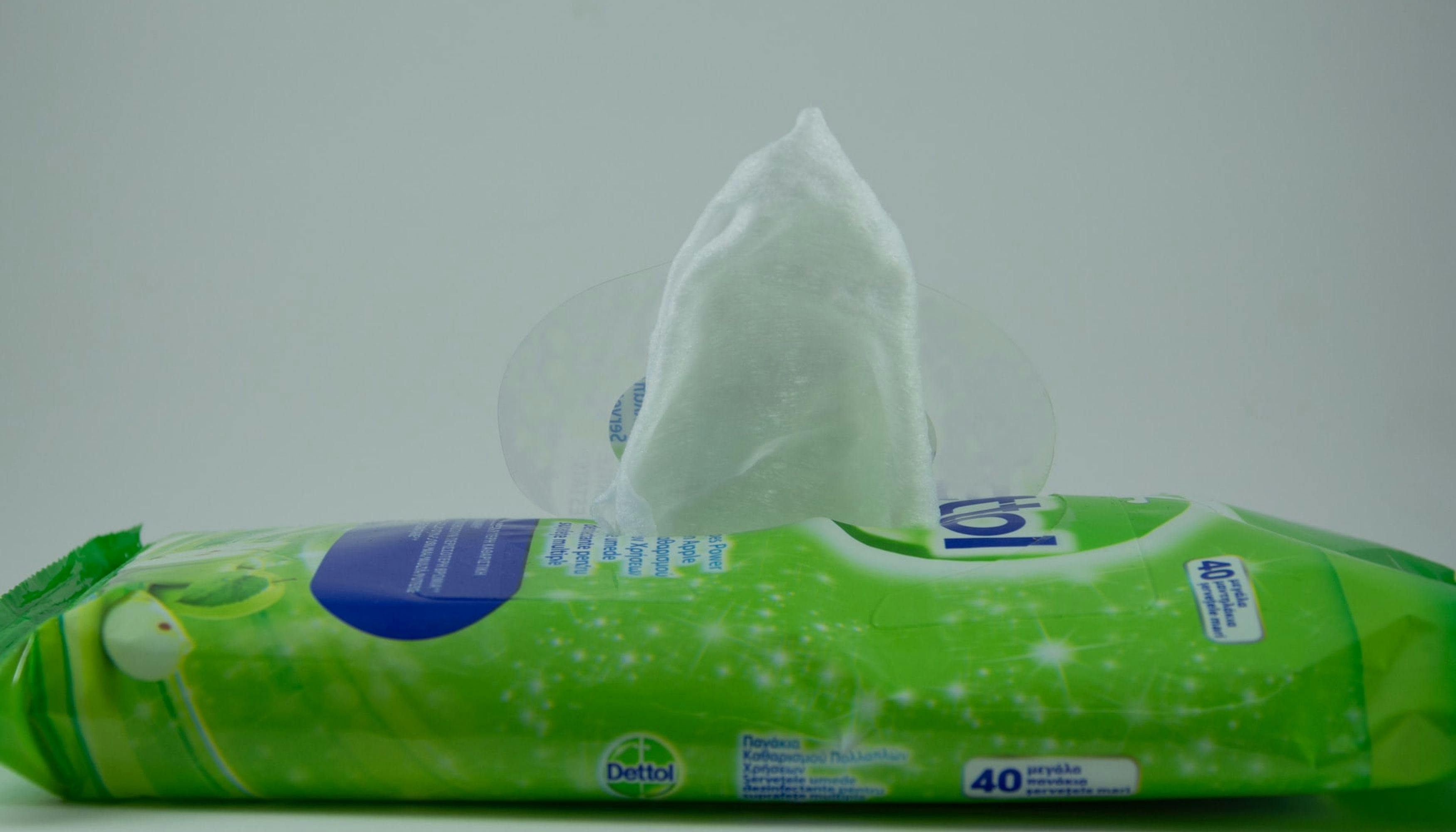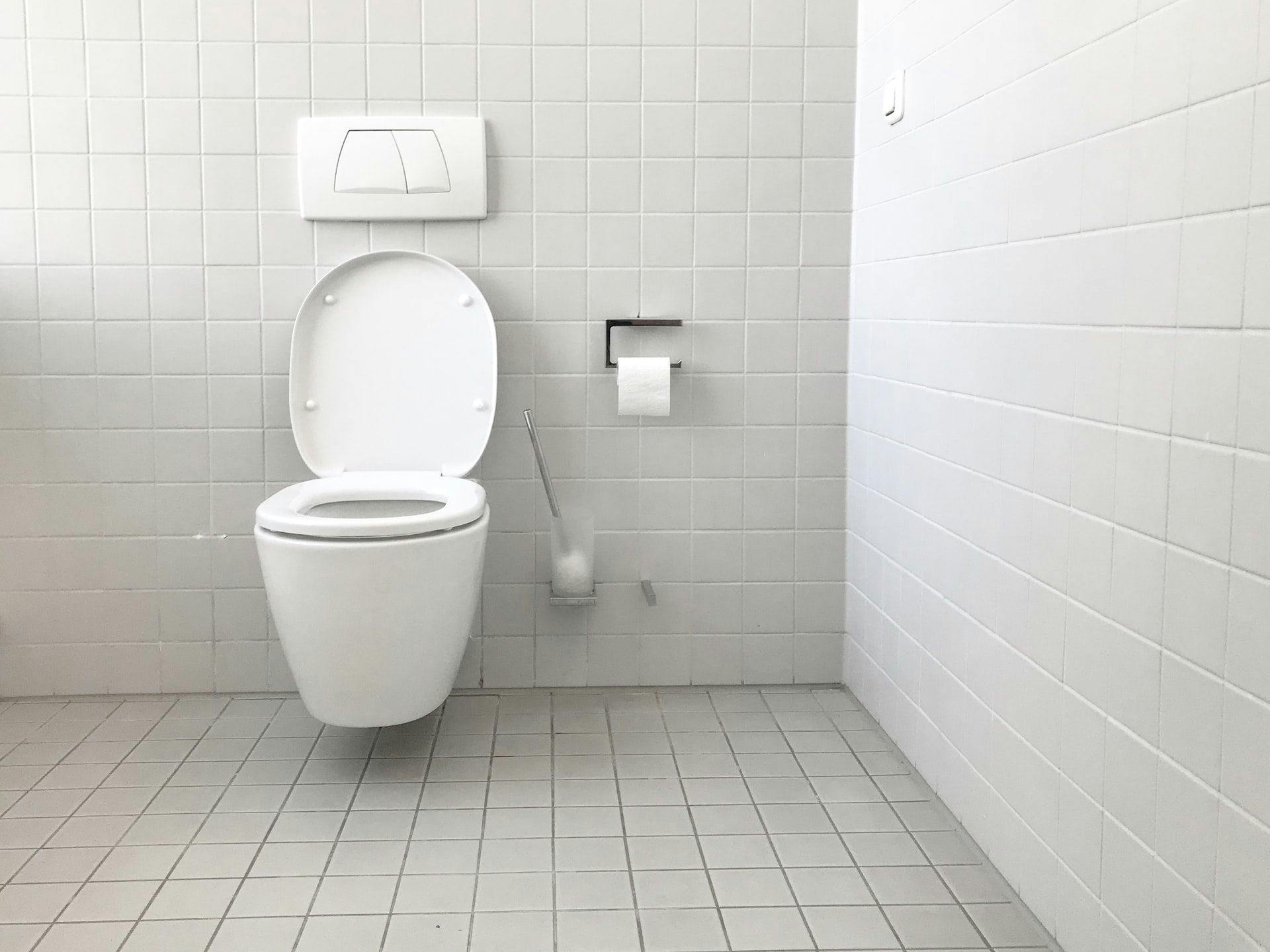Having a toilet that won’t flush might seem like a minor inconvenience. However, in a washroom environment, it could even have health and safety implications if the environment is a restaurant, school or medical facility, whereby you must provide toilet facilities by law. Furthermore, fixing the problem can be costly, especially if it’s a regular occurrence.
The average person flushes a toilet 5 times a day. In a busy commercial washroom, this figure will likely be multiplied. Like all toilets, washroom toilets are built to withstand regular use. However, problems will set in if they are used incorrectly. One of the biggest causes of toilets blocking or overflowing is due to the wrong items being flushed down them, which then affects the overall plumbing system as a result.
As leading installers of commercial washrooms across the UK, we want to ensure our clients and any other building owners get the most out of their washroom experience. Here is our guide on what not to flush down the toilet, along with how to maintain your washroom to tell you more.

What Can You Flush Down The Toilet?
Toilets are designed to dispose of human waste, along with toilet paper which will start to disintegrate when it comes into contact with water. There is no simpler way to say that toilets, your plumbing system or the wider water waste network is not designed for anything else.
What Shouldn’t You Flush Down The Toilet?
As mentioned, anything that is not human waste or toilet paper should not be disposed of down the toilet. Otherwise, it will block the toilet and have the potential to create pollution or similar negative environmental causes.
Some examples of what not to flush down the toilet include:
- Sanitary products
- Wet wipes
- Paper towels
- Medication
- Hair
- Dental floss
- Nappies
- Q-Tips
- Cigarettes
- Chewing gum
- Cooking grease
- Food
- Concrete/building materials
While any of the above items can cause a huge problem for your toilets and wider drainage system, wet wipes are a particularly notable culprit of blocked toilets. Not only are 11 billion wet wipes used every year in Britain, but they are also responsible for 90% of all sewer blockages.
So if you want fewer blocked toilets and even lower water bills, it’s time to ditch the wipes or at least place them in the bin if you have to use them. Be aware that many wet wipes are also labelled as ‘flushable’ when they are not, which is why they are the subject of many campaigns to remove them from the shelves.
How To Maintain Your Washroom
- Appoint a dedicated facilities manager
- Conduct regular checks of your washroom
- Put signage up reminding people not to flush unsuitable items down the toilet
- Place sanitary bins in your washroom cubicles
- Place general waste bins in your washroom
Prevention is always better than the cure, and keeping your washrooms free from blockages starts with the right education. For washrooms located in schools, you may want to have a chat with pupils when they start school about how to dispose of certain items, and that toilets are not the same as a bins.
Placing signage in your washrooms to remind the general public not to flush unsuitable items down the toilet is also wise. In addition, you should have someone who regularly patrols the washrooms so that any blockages can be dealt with swiftly.
UK Washroom Installers
Are you interested in getting a brand-new washroom installed for your building? Inspired Washrooms installs commercial washrooms across the UK.
From colourful washrooms full of personality to sleek styles to reflect a corporate environment - we have a washroom solution for you. We can also offer plenty of advice on how to maintain your washroom, whether you’re currently dealing with recurring blocked toilets or any other issue.
Please get in touch on 0115 811 4242 and our friendly team will be in touch.

